By nature all tiny homes are small, but that is often where their similarities end.
With a variety of styles, amenities, and differing levels of quality on the market, the cost of living in one of these diminutive abodes can be as diverse as the houses themselves.
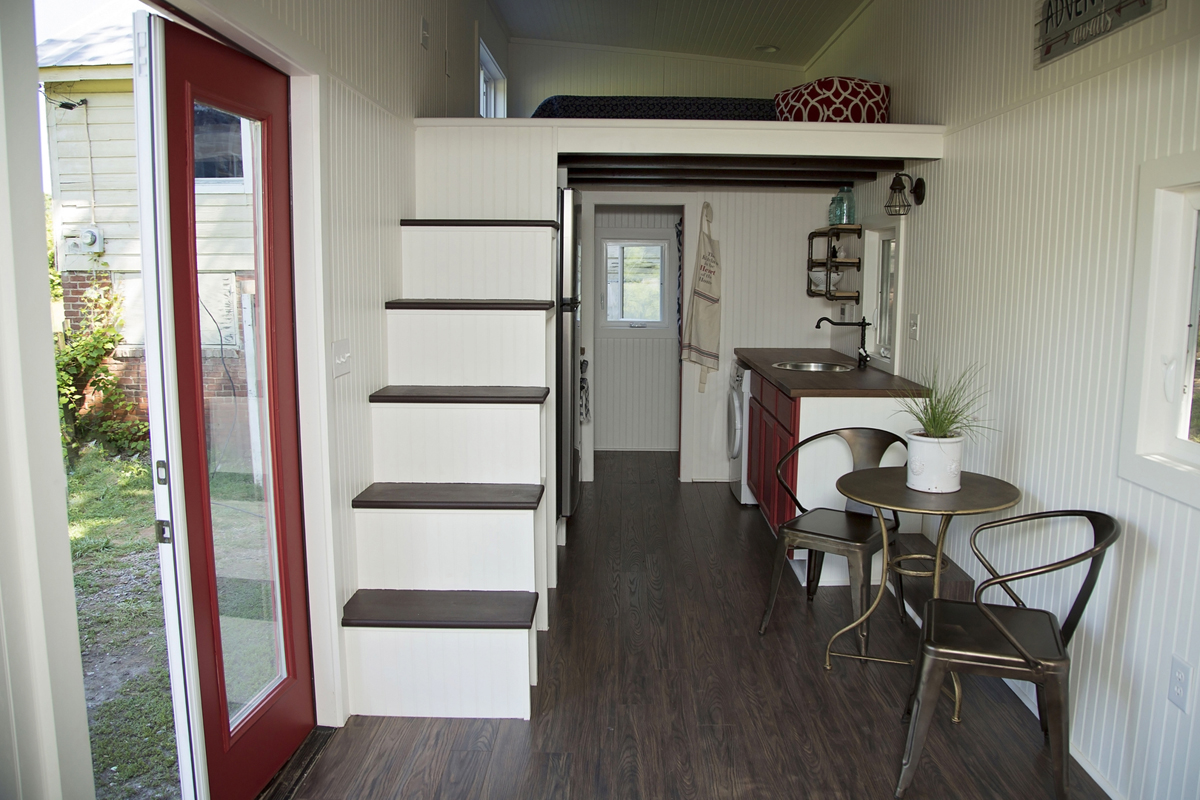
With most measuring 400 square feet or less and many on wheels, these compact digs tend to be mobile, meaning they must be able to withstand road travel in addition to the average wear and tear of a home.
Because of this, quality is a key factor when considering your purchase, says Johanna Elsner, who co-owns and co-founded North Carolina-based tiny home company Perch & Nest with her husband.
Together the couple is “constantly trying to educate people on why this costs what it does to build,” says Elsner, explaining that customers often believe tiny homes are cheaper than they actually are.
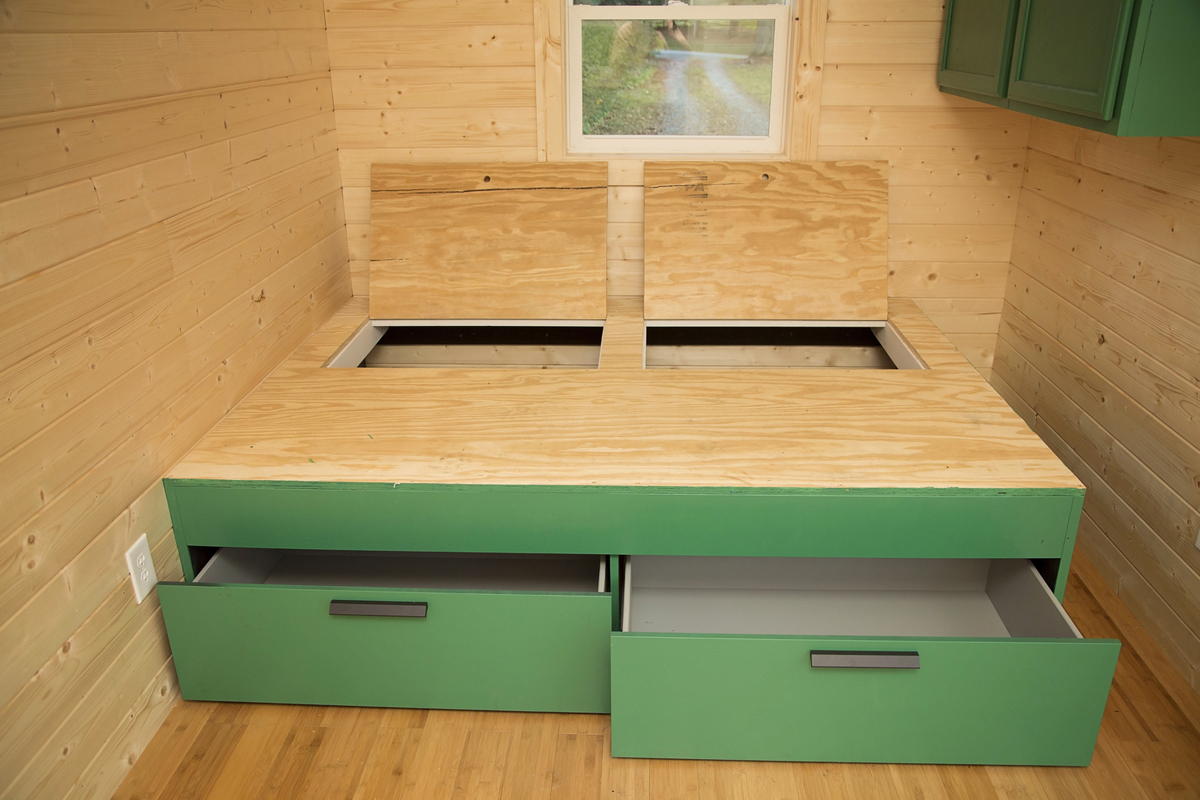
At Perch & Nest, they run on average between $40,000 and $60,000.
The cost of mobility
Tiny homes allow residents great savings on utilities and keep costs down in many ways. But they do come with their own special set of fees and expenses.
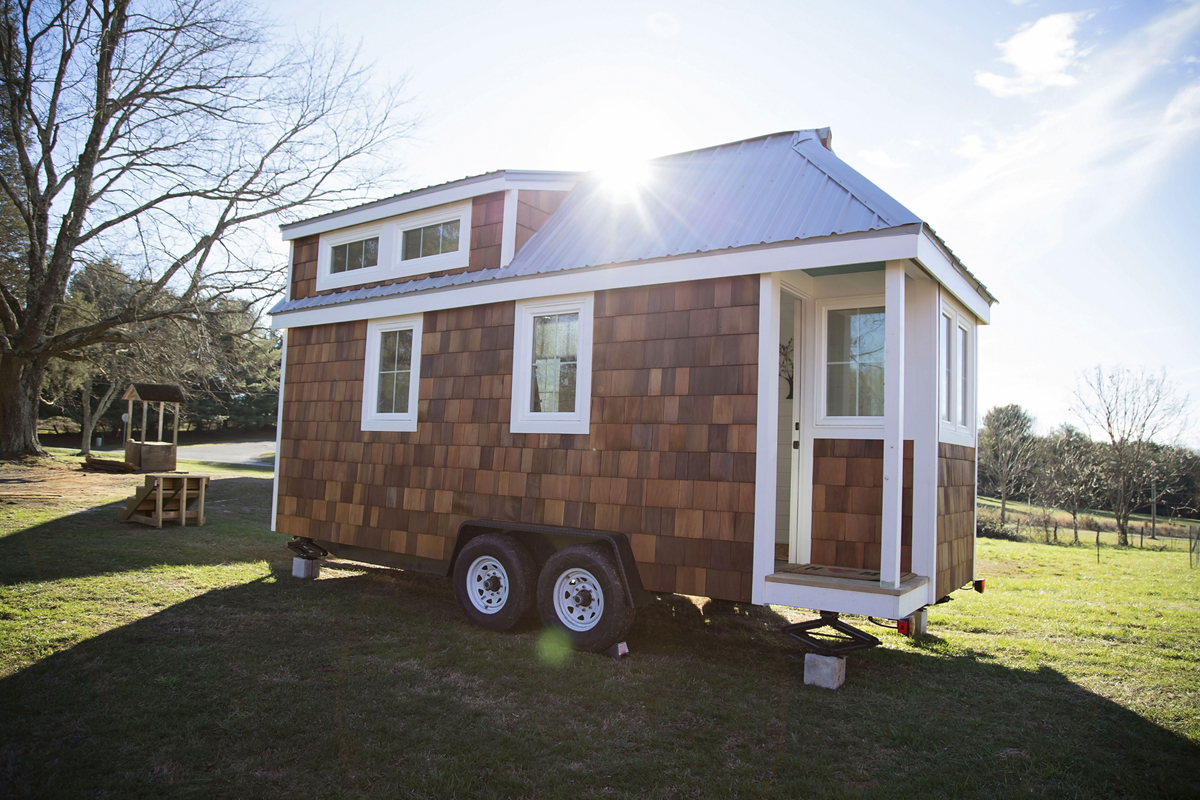
Being mobile means finding places to hunker down, whether at an RV park or on a private farm. Assuming the tiny home dweller is not the owner of the land, there is likely an associated fee.
And residents will have to take out insurance if they plan to cruise the highways with their home. Cargo trailer insurance is available for those built on trailers, while those certified as RVs must have RV insurance. Paying for tax, title, and license is also a factor.
Utilities at a minimum
No matter the house, energy and water bills add up, but if a tiny house “is built well, it’s going to be more energy efficient,” Elsner remarks.
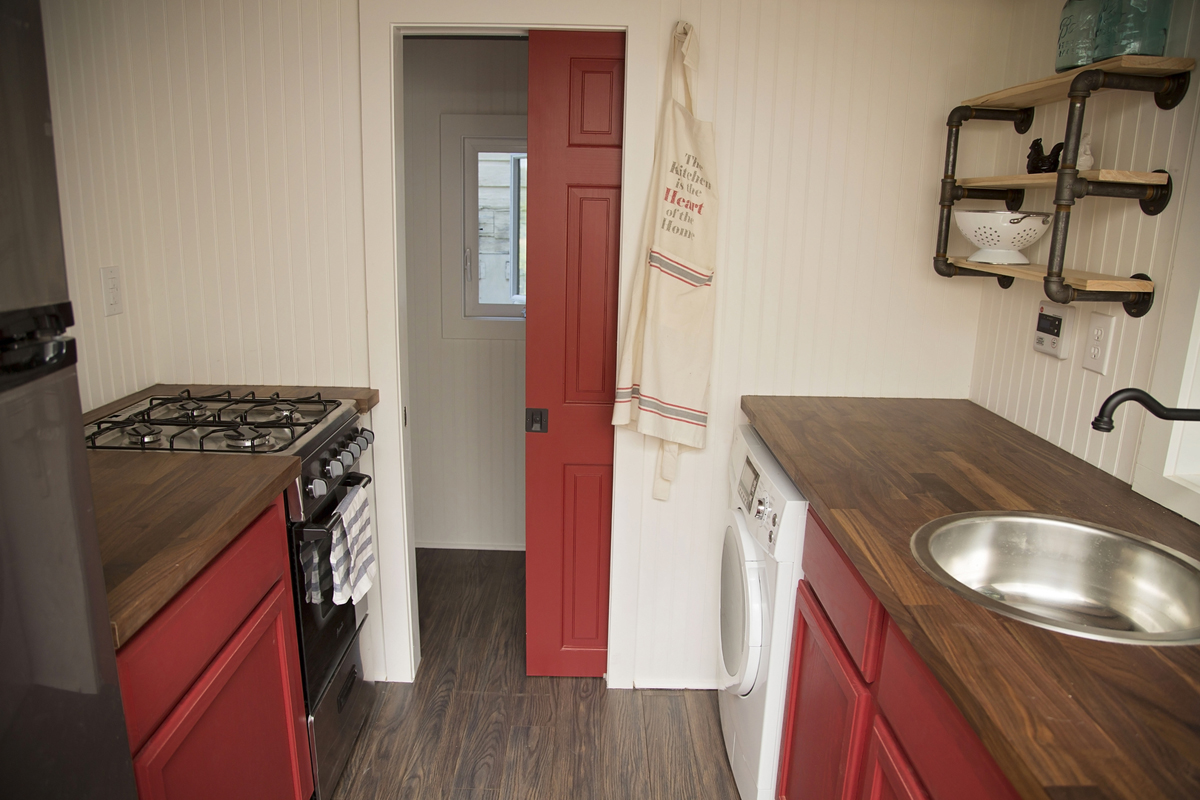
While going off grid (completely removing the house from public utility services) will make the abode extremely cost efficient, the economy of scale of living in such a small dwelling is practically guaranteed to save residents money from the get-go.
A small couch still costs money
In general, tiny homes require fewer furnishings, with residents paring down belongings rather than buying more.
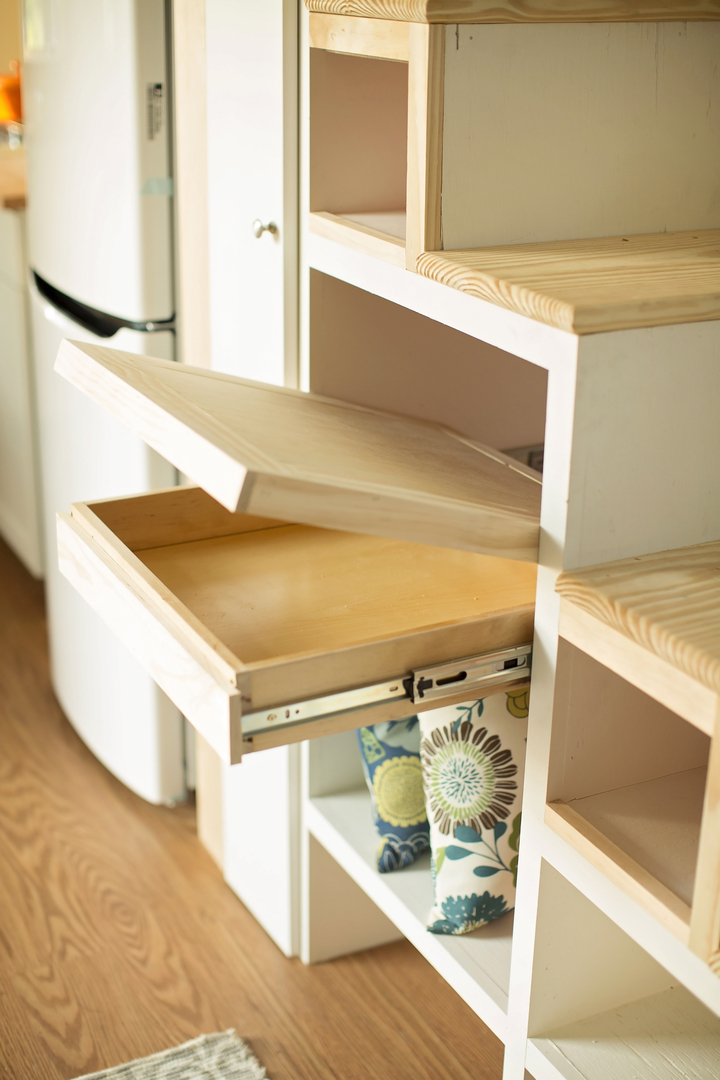
But purchasing appropriate furniture and decorations – from clever storage devices to, say, a smaller couch – can cost money. And there are a wide range of options at varying costs, such as buying a proper mattress versus a bedroll.
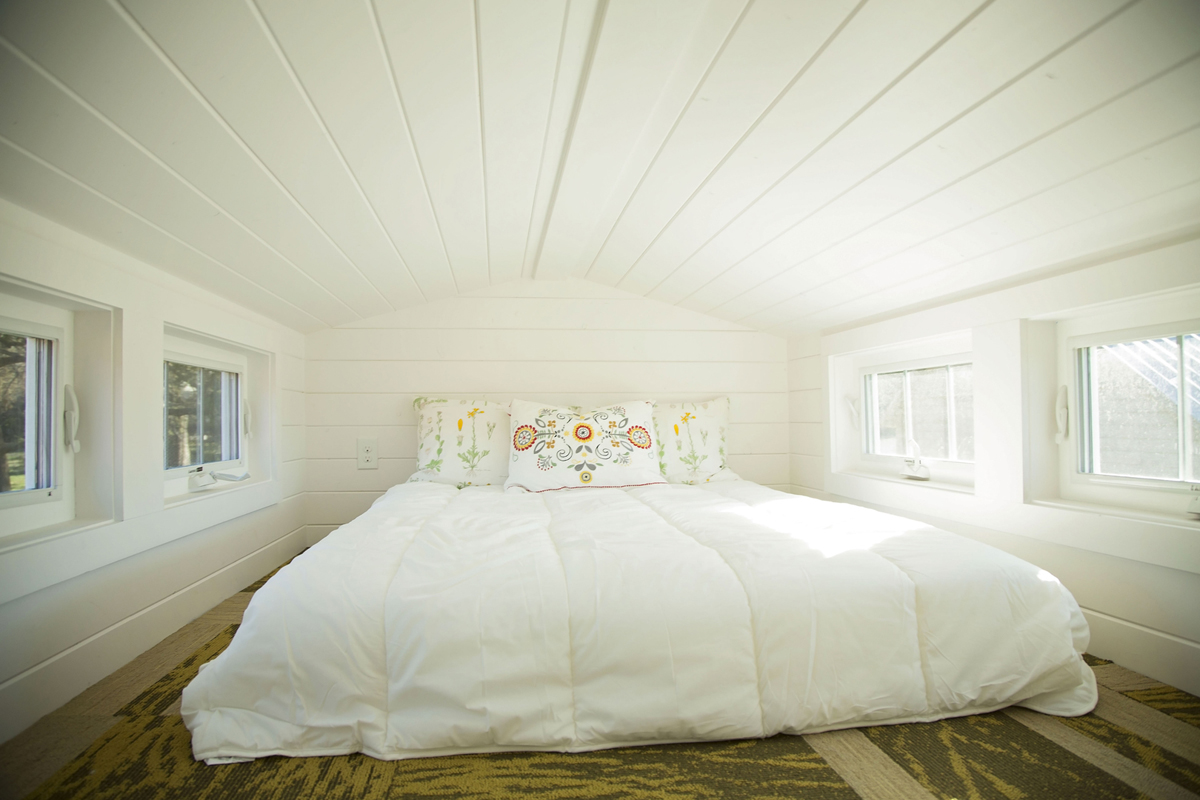
Many ways to mini mortgages
Not everyone pays for their tiny house in one fell swoop. Although the goal of many owners is to live debt-free, financing options are available.
Because traditional mortgage lenders tend to require that a home has a foundation and generally have minimum loan amounts, an RV loan or an unsecured personal loan are often used.
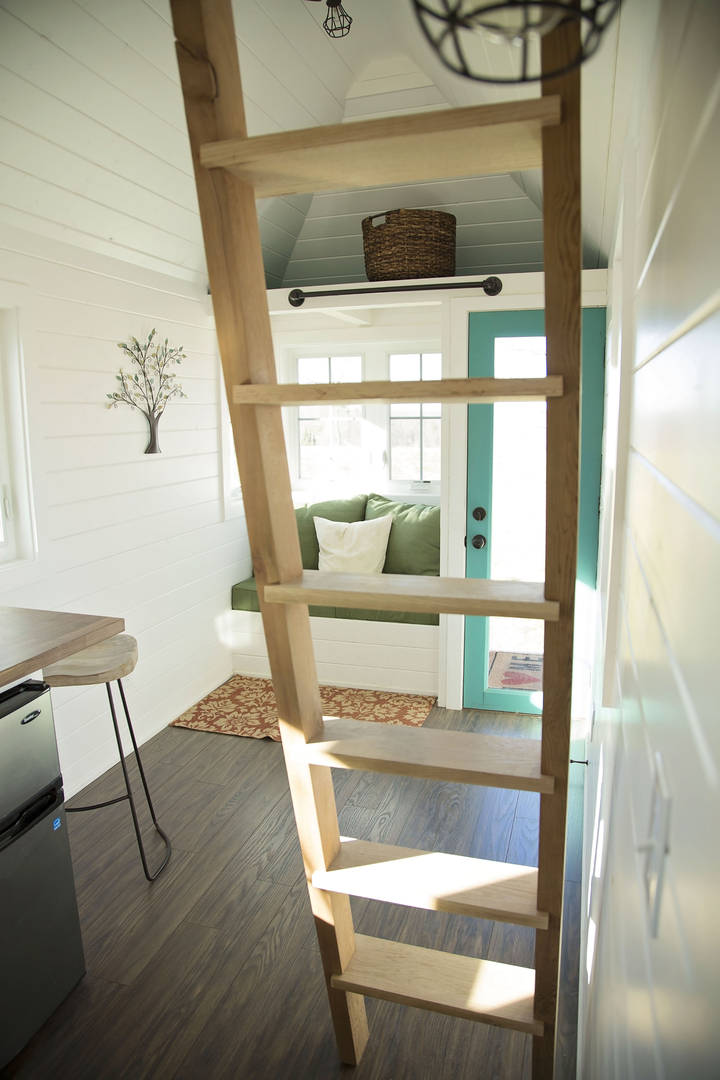
In the end, there are many routes to financing a tiny home, just as there are many reasons for moving into one.
“The tiny house community is very diverse, just as diverse as any community, but it’s a group of people who want to live right,” Elsner said.
Photos courtesy of Perch & Nest.
Your budget won’t be the only part of your life affected by living tiny. Check out how these tiny home dwellers have adjusted to their new digs:
Don’t miss out on the next Zillow video! Subscribe today to see the latest.
Related:
